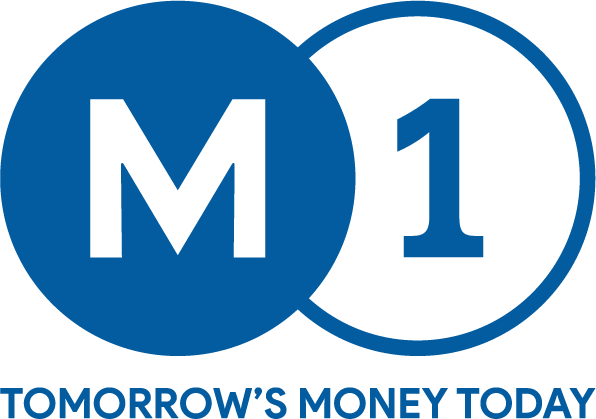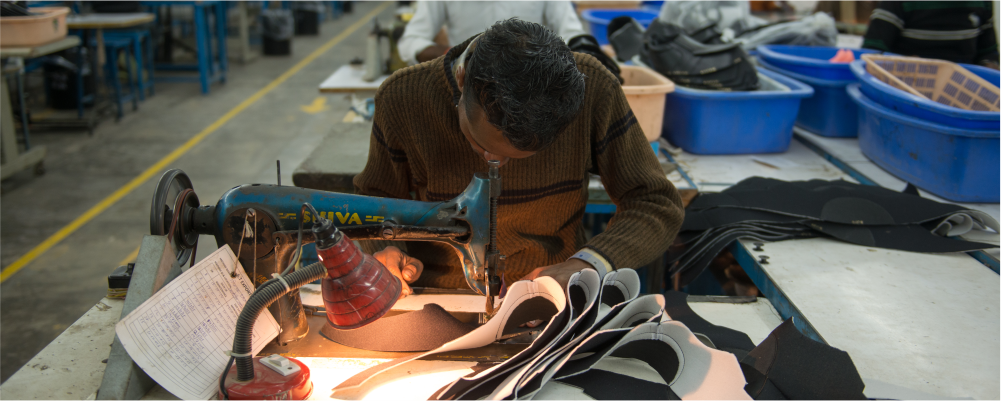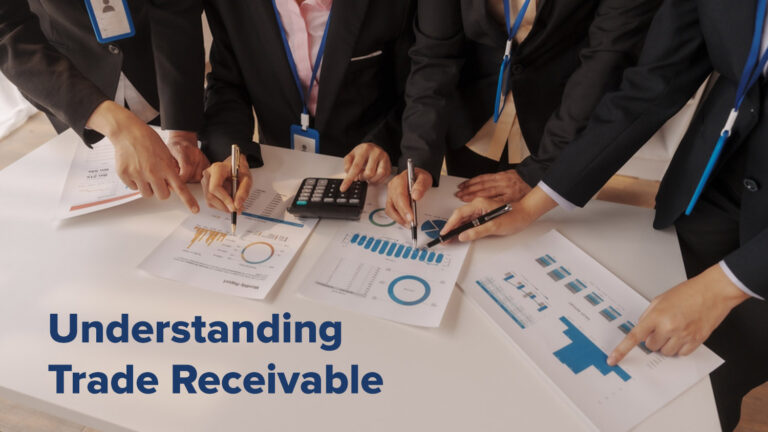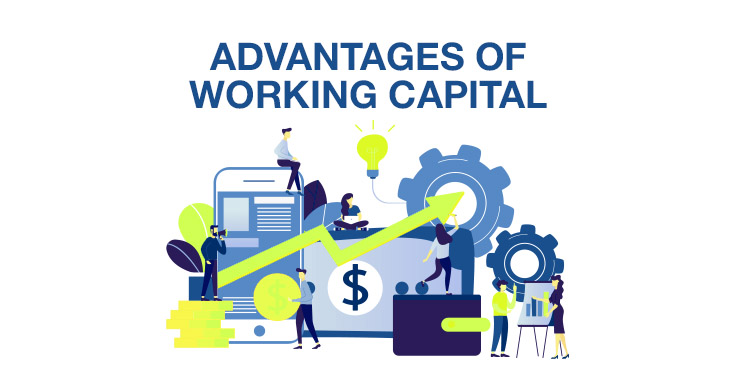The Indian economy has portrayed itself as a developing market. The promise of long-term growth is positively owned by the country’s young population, healthy savings, investment levels, and its growing incorporation into the global economy.
In the last two decades, the growth curve of the Indian economy has been largely controlled by its Micro, Small, and Medium Enterprises (MSMEs). The MSME sector is the backbone of our national economic structure and has imparted resilience to ward off global economic shocks and adversities.
The MSME segment accounts for 31% of India’s GDP and 45 percent of exports. An estimated 55.80 million MSMEs are employing close to 130 million people. Out of this, 14 percent are women-led enterprises and 59.5 percent belong to rural areas. Hence, the MSME sector has a huge potential for acting as a catalyst for economic growth across the geographic, social, and cultural strata of the country.
A Symbiotic Relationship between Economy and MSMEs
The association of small enterprises with the economy is unique in every aspect. It is the most unique of its kind. Their dependency on each other is so high that they are indispensable and cannot be separated. Their association and inter-dependence mutually benefit both of them. While MSMEs provide the much-needed impetus at the grass-root level, the economy protects them and fulfills their needs by providing extra care at the time of crisis (in the form of loans).
Indian Economy Depends A Lot on MSMEs
The contribution of MSMEs to the economy is immense. Not only do they contribute to the bigger picture like GDP, but they also help solve the workforce employment crisis to a large extent. So, what is there in MSMEs that makes them so dependable and un-shakable?
Firstly, it is their nature of having a strong ground-connect. Having a connection to the roots and having a direct connection with the workforce is unique for MSMEs. This gives a boost to the economy and provides the necessary support.
Secondly, it is their nature to adapt to the changes. Small industries are driven by a mix of sustenance and profit motives. They do not hesitate to bring changes in the process if they are assured that it would positively impact their production. Besides, being highly savvy to changes, Small businesses are the most flexible and one of the most change-driven enterprises in the Indian economy.
On the other hand, there are a lot of excellent opportunities available for the MSMEs. The Indian economy offers them a lot of scopes to settle and grow. This has all been possible following the demand for products and services which are satisfactorily fulfilled by MSMEs only.
The significant role of MSMEs in the emergence of the Indian economy
Indian economy evolved just like other economies. In the beginning, there were these small enterprises which gradually took the shape of big industries. Then, there was also the big industries set up during the colonial period. If we see the bigger picture, the journey of the development of the Indian economy is similar to the journey of the development of MSMEs.
One of the pillars of Indian Economy
Indian economy depends on two sectors, agriculture, and manufacturing. While the first has largely remained unorganized since the beginning, the latter too has not been so till recently.
Manufacturing is handled by both small and big industries. In a large number of cases, these small enterprises feed raw material or semi-finished raw material to the big ones. For example, Maruti Suzuki, the largest Indian automobile manufacturer procures finished automobile parts from several small enterprises and assembles them in its vehicles. Thus, the existence of a lot of big players largely depends on SMEs. Thus, it can be said that the real players in the Indian economy are the small enterprises and they hold a prominent position
The Three main characteristics affecting MSME growth are:
Lack of working capital
MSMEs’ demand for debt funding is roughly Rs 69.3 trillion, out of which a significant portion of 84 percent or Rs 58.4 trillion was met from informal sources. Among the formal sources that meet 16 percent of MSMEs’ credit- Requirements, Scheduled Commercial Banks account for 84 percent, while other financial institutions such as NBFCs, RRBs, etc., meet the rest.
The documentary requirements, legal formalities, and other credit assessment process for availing credit from formal financial institutions is the deterrent, which drives away the MSMEs, and in particular the micro-enterprises towards the informal sector for credit. The recovery mechanism under the formal sector is not as strong as the system available with the informal sector, which acts as a hurdle for the formal financial institution to tap the credit gap further.
Lack of Formal Registration
Just 8.2 million of the estimated 55.8 million MSMEs are licensed MSMEs and the remaining 47.6 million are unregistered MSMEs. Considering the above situation, the first and foremost challenge in resolving the challenges faced by MSMEs is to get all unregistered MSMEs into the formal fold so that they can apply for a bouquet of benefits. The unregistered existence of the MSMEs also serves as a barrier to their access to credit from formal sources of lending.
Competitive market environment
MSMEs work in a highly competitive environment and need an enabling climate to keep development going. The three major interventions that can provide the enabling environment are legal & regulatory support, support from the government & support from financial infrastructure. The government is taking a range of steps to provide help in these regions, such as the proposal to implement the reform.
Government Support to MSMEs
Little we knew that the country will face a difficult situation like the COVID-19 crisis. The micro, small, and medium enterprises (MSMEs) are perhaps one of the hardest hit due to the Covid-19 lockdown in India. During this challenging period of lockdown, MSMEs needed the most support and stimulus since it is the backbone of India’s economy. Keeping this in mind the government has announced a stimulus package focused only on the MSME sector which will provide much-needed support to the stressed MSME sector. Honorable Prime Minister announced a mega package of Rs 20 Lakh Crores to deal with the COVID-19 pandemic.
MSMEs will get the bulk of the funding. The ₹3 lakh crore emergency credit line will ensure that 45 lakh units will have access to working capital to resume business activity and safeguard jobs, Ms. Sitharaman said. For two lakh MSMEs that are stressed or considered non-performing assets, the Centre will facilitate the provision of ₹20,000 crores as subordinate debt. A ₹50,000 crore equity infusion is also planned, through an MSME fund of funds with a corpus of ₹10,000 crores.
NBFCs, housing finance companies, and microfinance institutions — many of which serve the MSME sector — will be supported through a ₹30,000 crore investment scheme fully guaranteed by the Centre, and an expanded partial credit guarantee scheme worth ₹45,000 crores, of which the first 20% of losses will be borne by the Centre.
Change in MSME Definition
The reasons behind the change in the definition are that it will bring about many benefits that will aid MSMEs to grow in size. This was made under Atma-nirbhar Bharat Abhiyaan Economic Package to assuage India’s economic predicament amidst the pandemic.
As per the revised definition, any firm with an investment up to Rs 1 crore and turnover under Rs 5 crore will be classified as “Micro”. A company with investment up to Rs 10 crore and turnover up to Rs 50 crore will be classified as “Small” and a firm with investment up to Rs 20 crore and turnover under Rs 100 crore will be classified as “Medium”.
Funding Options for MSME Sector
Every business, Micro or Small or Medium or Large, requires funds at different stages of the business cycle, to grow or to continue operations.
The following types of debt funding (MSME loan) options are available for MSMEs:
- Long and Medium “Term Loans”
- Short “Term Loans”
- Working Capital Cash Credit
- Bridge Loans
- Refinance to ailing units
Cash is the key ingredient to run a business – from inception to expansion. This is especially true in the case of MSMEs (Micro, Small, and Medium Enterprises), which require a constant flow of cash to run their daily operations. However, for a long, the MSME sector has been facing challenges in terms of getting loans approved, due to the lack of several lending requirements and credentials. Enter alternative lending platforms that are transforming the Indian MSME market, facilitating them with a constant supply of credit flow.
TReDS – A Positive tailwind for MSMEs early payment
The Indian government has over the past few years tried to strengthen the position of Micro, Small, and Medium Enterprises (MSMEs) in pursuit of its overall goal of improving the ease-of-doing-business in the country. The government has become proactive in promoting the usage of fintech platforms to drive economic growth. One such measure is the introduction of TReDS, an acronym for the (Trade Receivables Discounting System), propagated by the RBI. TReDS is an online mechanism for providing early payment to suppliers, mandated to three platforms (M1xchange, RXIL, and A.TReDS) by the RBI.
The government has also taken steps to ensure that TReDS is implemented on a larger scale. On 2’nd of November 2018, the Ministry of MSME issued a notification to the organizations having an annual turnover of over Rs 500 Crore, in which the ministry made it mandatory for such companies to register themselves on an RBI approved TReDS platform.
What is TReDS?
TReDS is an institutional set up for the flow of finance to micro, small, and medium enterprises (MSMEs) through multiple financiers at a competitive rate. TReDS is an interesting example of how digitization is helping MSMEs get access to working capital by auctioning their receivable/Invoices. TReDS is an electronic platform that allows businesses to auction trade receivables (Invoices), and the platform serves as a quick & transparent medium for the small-scale players to avail funds at cheaper rates through banking & factoring companies.
Participants on TReDS Platform
There are three direct participants involved in the activities of TReDS viz. MSME (Sellers), Corporate (Buyers), and Financiers. The TReDS provides the platform to bring these participants together for facilitating uploading, accepting, discounting, trading, and settlement of the invoices/bills of MSMEs. As the underlying entities are the same i.e. MSMEs and Corporate buyers, Public Sector Undertakings, and Government Departments, the TReDS deals with both receivables factoring as well as reverse factoring
How Does TReDS Work
The bill discounting process starts when the MSME supplier raises the invoice and the buyer validates the same. This permits the financiers, which are the banks or the factoring companies to bid against the verified invoice. Once the supplier accepts the bid, the payment is processed in T+1 day, where T is the day of the transaction. This process gives flexibility to the suppliers to choose the best financier for financing costs.
Benefits of TReDS:
- Unified electronic platform for Sellers, Buyers & Financiers.
- Best Discount rate as multiple financiers participate in the auction
- Liquidity improves as there is easy/quick access to funds
- Allows MSMEs to post their receivables on the system and get them financed.
- Security of digital platform for the confidentiality of information
- Corporates enjoy savings on procurement costs through improved negotiation of financing terms for its vendors.
- Corporates save on the financing cost by extending their credit period and augmenting their payment cycle.
- Financiers, on the other hand, have an opportunity to build a PSL asset portfolio.
Future Forward for TReDS
Experts feel that continual government support and awareness can go a long way in countering the challenges being experienced. The government on its part has taken several initiatives recently to boost the TReDS exchanges. All advances under TReDS are categorized as Priority Sector Lending for banks who participate, thus widening eligibility of MSMEs. In his 12 point agenda to spur growth and boost the revival of the MSME sector last year, Prime Minister Narendra Modi had also made it mandatory for companies with a turnover of Rs 500 crore and above to join TReDS
so that cash flow does not pose a deterrent to this sector.
MSMEs are a catalyst for the Indian economy
Contribution of 40% to the gross industrial value is a big share. Small enterprises may have the ‘Small’ word prefixed to them but they are the ones that contribute a lot to the economy at large. The MSME sector strategically has become the most important sector fueling the economic growth of the country. The sector is slated to gain even greater prominence in the days to come owing to its potential for employment generation.
Also read these – Working capital financing, SME Finance, Invoice Financing, Accounts Receivable Financing, Supply chain financing, Factoring Services
Last modified: August 29, 2023















